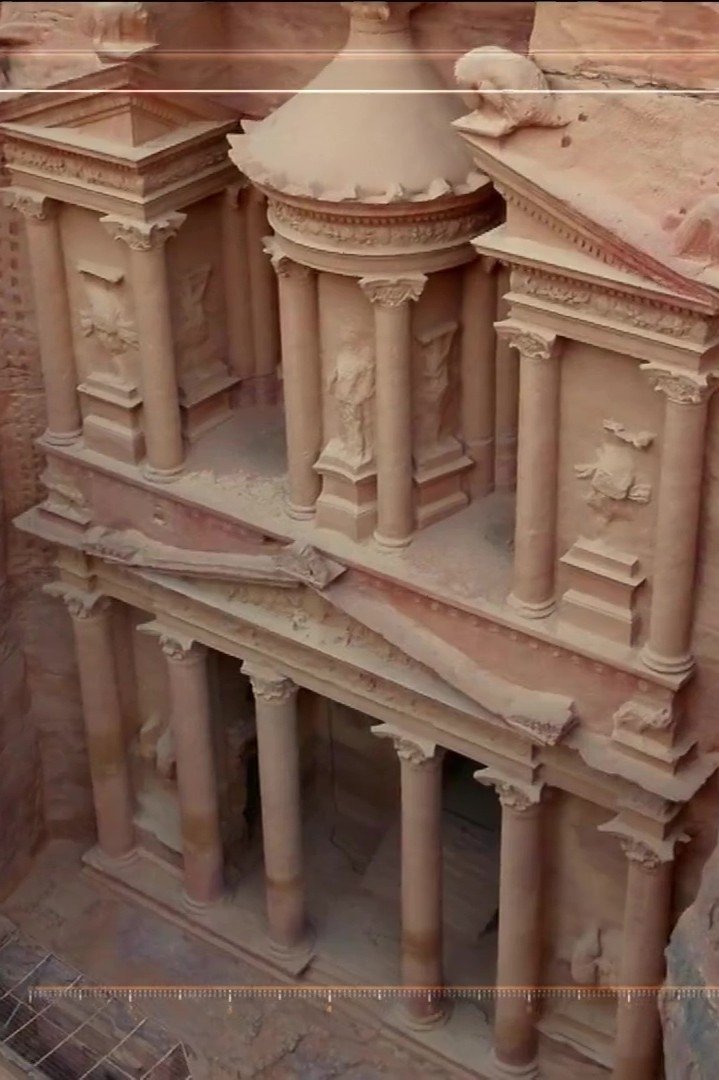Baiae, the Atlantis of Rome (2022)
• March 24th, 2022 • 0h 0min
Documentary, History
Overview
With an area three times larger than Pompeii, Baia, about 15 km from Naples and within the volcanic area of the Phlegraean fields, is the largest underwater archaeological site in the world. In 100 BC Pompeii is an ordinary city of small traders crouched on the slopes of Mt. Vesuvius, while Baia gains a peculiar reputation: it gradually becomes the ancient Las Vegas or Monte Carlo of the Roman Empire, a real posh center for noble gens and the powerful . Nestled in the center of the Gulf of Pozzuoli, Baia is flanked on one side by the port of Puteoli (ancient Pozzuoli) and on the other by the port of Capo Miseno.
Make sure to check your pop-up blocker!!
Trailer
Similar Movies

They Saw Japan at War
Released on: 2023-04-24
Documentary, History, TV Movie
The story of a Franco-Belgian family living in Japan from 1927 to 1947, a time of prosperity and for...

London Recruits
Released on: 2024-11-22
Documentary, Drama, Thriller, History
The story of the Londoners recruited to be freedom fighters during the South African apartheid durin...
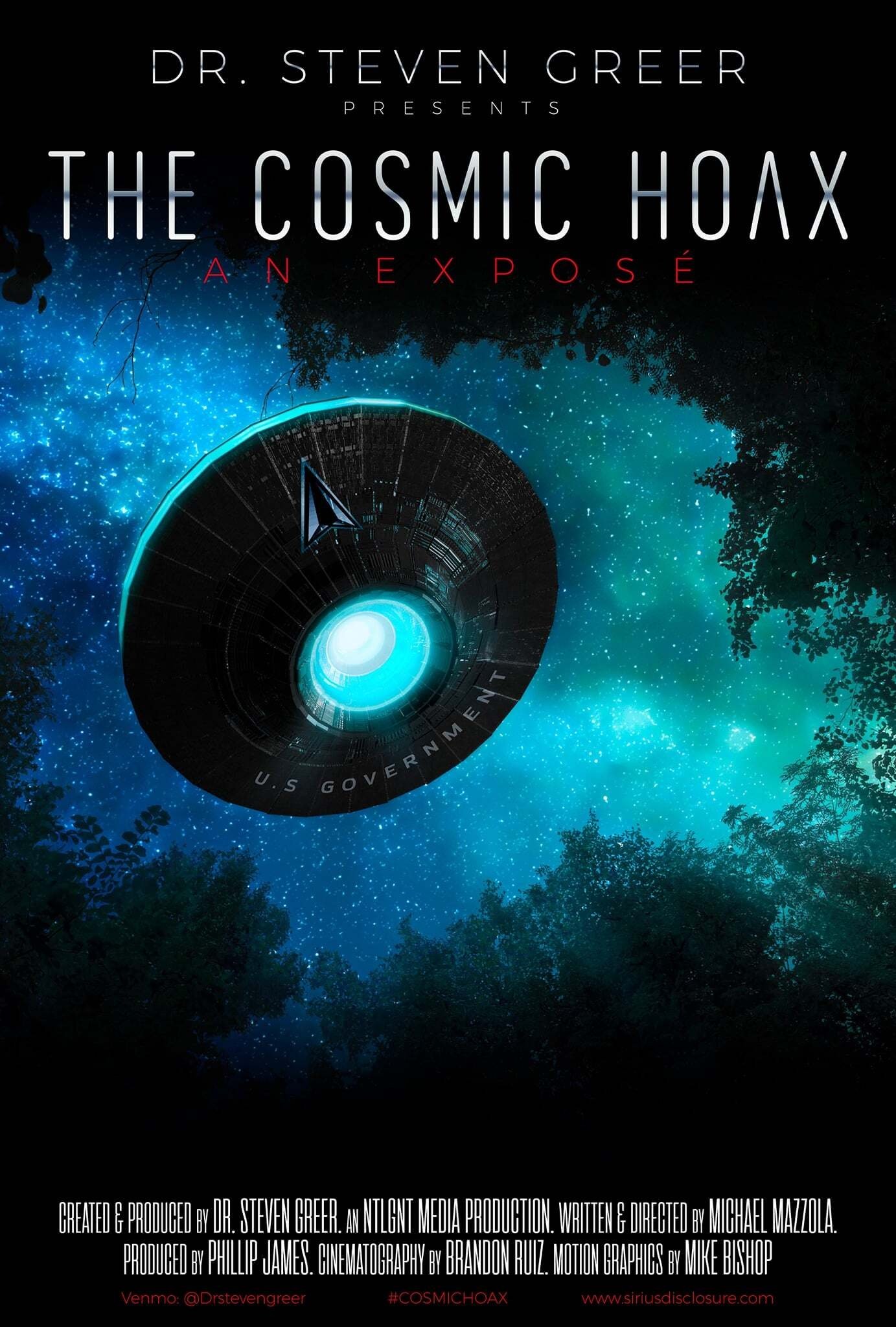
The Cosmic Hoax: An Exposé
Released on: 2021-07-05
Documentary, Mystery
This documentary is Dr. Steven Greer’s answer to the current government and media disinformation cam...

The Secret Order
Released on: 2022-11-14
Documentary
Phil Comeau shines a spotlight on the Ordre de Jacques-Cartier, a powerful secret society that opera...
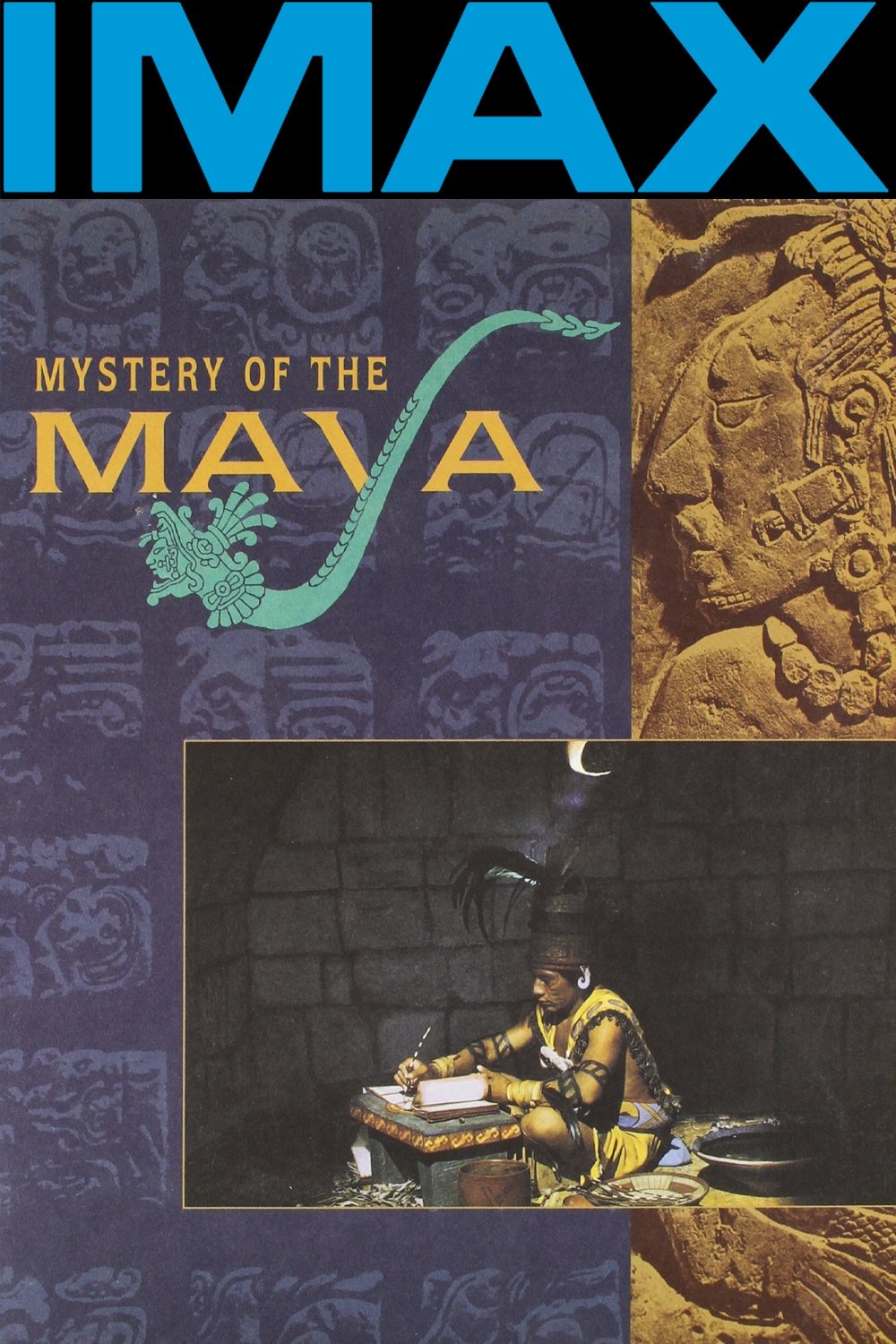
Mystery of the Maya
Released on: 1995-01-01
Documentary, History
Filmed in IMAX, a young Mayan boy who lives close to the ruins becomes acquainted with an archaeolog...

Bad Faith
Released on: 2024-01-10
Documentary
On January 6, 2021, Americans witnessed an attack on the U.S. Capitol without precedent in our histo...

The True Story of Pirates
Released on: 2022-12-31
Documentary, TV Movie
Thanks to new excavations in Mauritius and Madagascar, as well as archival and museum research in Fr...

Grass
Released on: 1999-09-15
Documentary
Marijuana is the most controversial drug of the 20th Century. Smoked by generations to little discer...
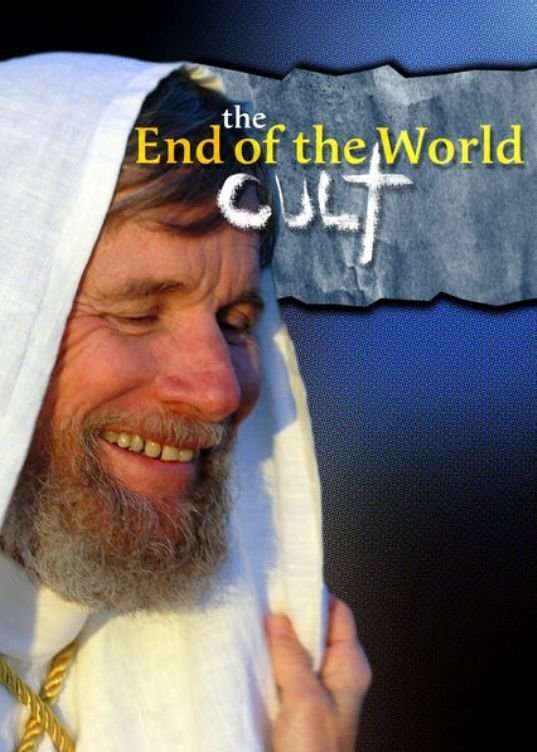
The End of the World Cult
Released on: 2007-12-12
TV Movie, Documentary
An inside look at the Lord Our Righteousness Church, an American cult based in New Mexico.
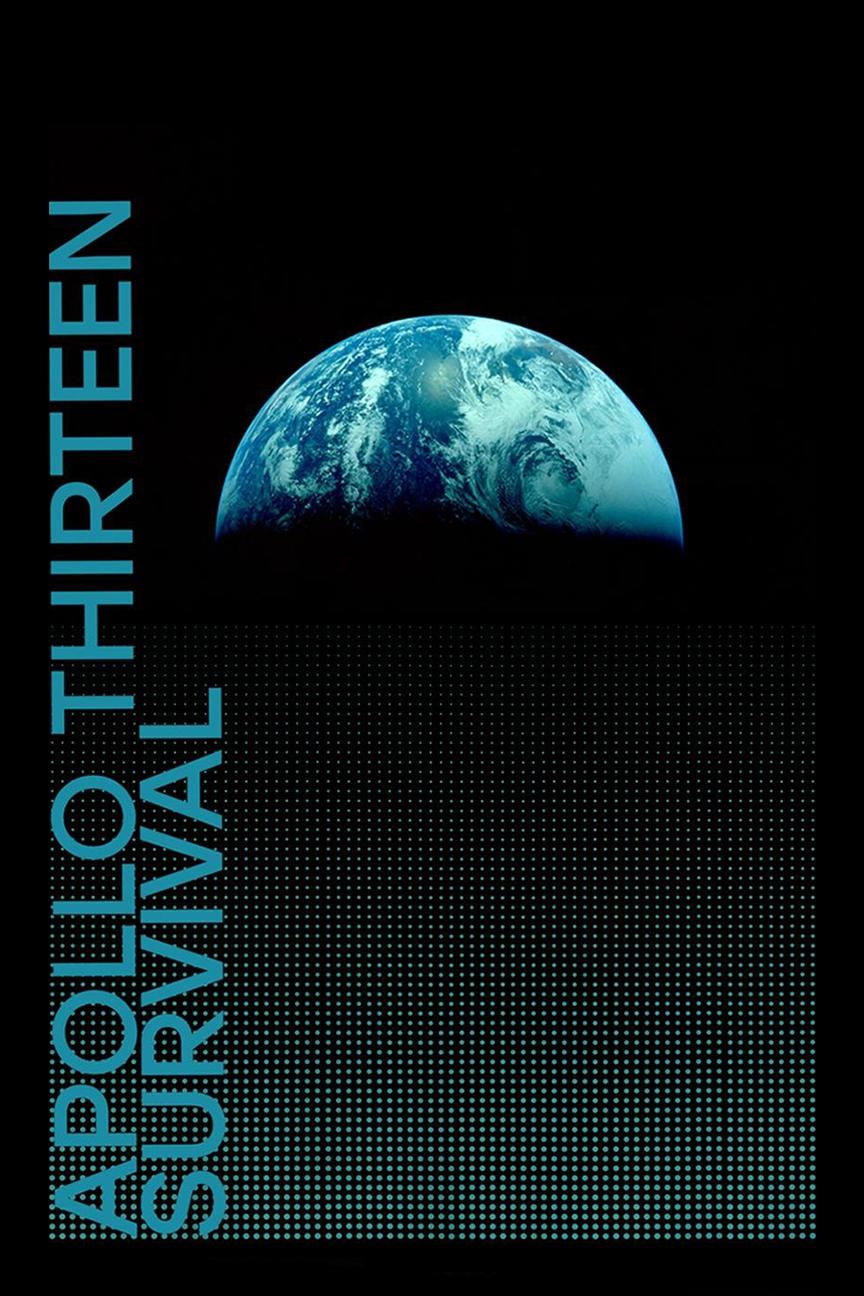
Apollo 13: Survival
Released on: 2024-03-08
Documentary, History
Using original footage and interviews, this documentary tells the nail-biting story of Apollo 13 and...

A Dangerous Boy
Released on: 2024-03-18
Documentary, Crime
Sigurdur Thordarson, known as Siggi, becomes a hacker at 12, exposing Icelandic bank corruption at 1...

Break the Silence
Released on: 2013-04-05
Documentary
Following the death of Amina Filali, a 16 year-old girl who killed herself after she was allegedly f...
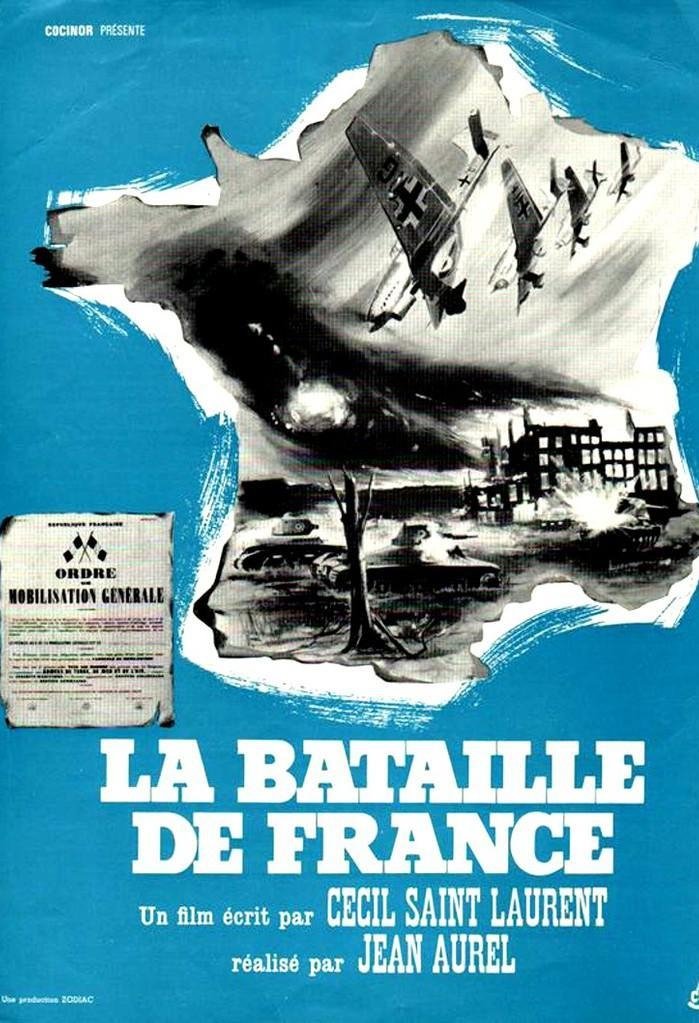
The Battle of France
Released on: 1964-06-03
Documentary, War, Drama, History
A montage of newscasts tracing the events of the "damned war" and the German invasion of 1940.

The old
Released on: 2024-04-24
Documentary
They come from all walks of life and have lived for almost a century. They have lived through the up...
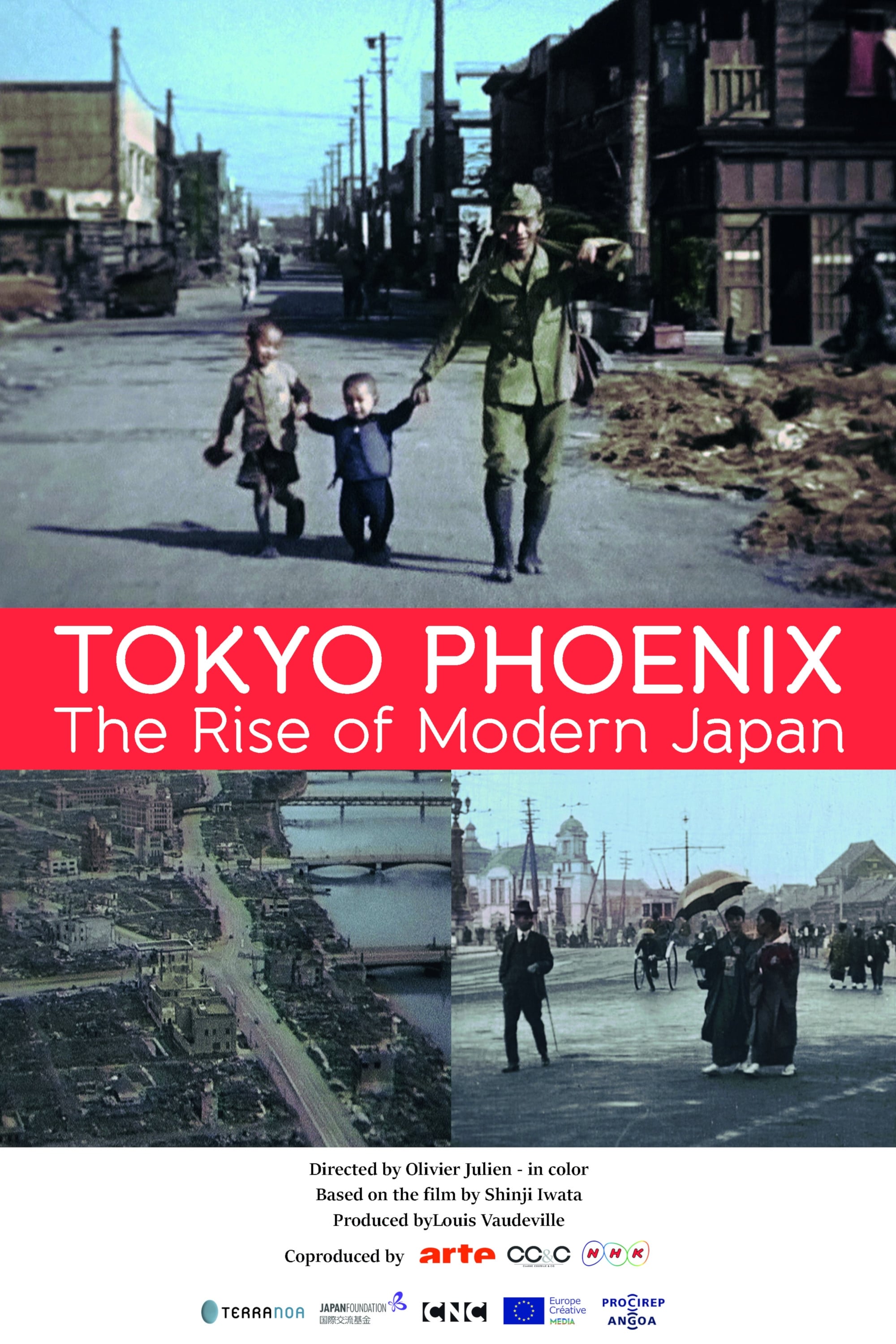
Tokyo Phoenix
Released on: 2017-05-20
Documentary, History, TV Movie
In 150 years, twice marked by total destruction —a terrible earthquake in 1923 and incendiary bombin...

Elon Musk’s Twitter Takeover
Released on: 2023-10-10
Documentary, TV Movie
Compulsive Twitterer, Elon Musk bought himself his favorite social network in 2022, and brutally sha...
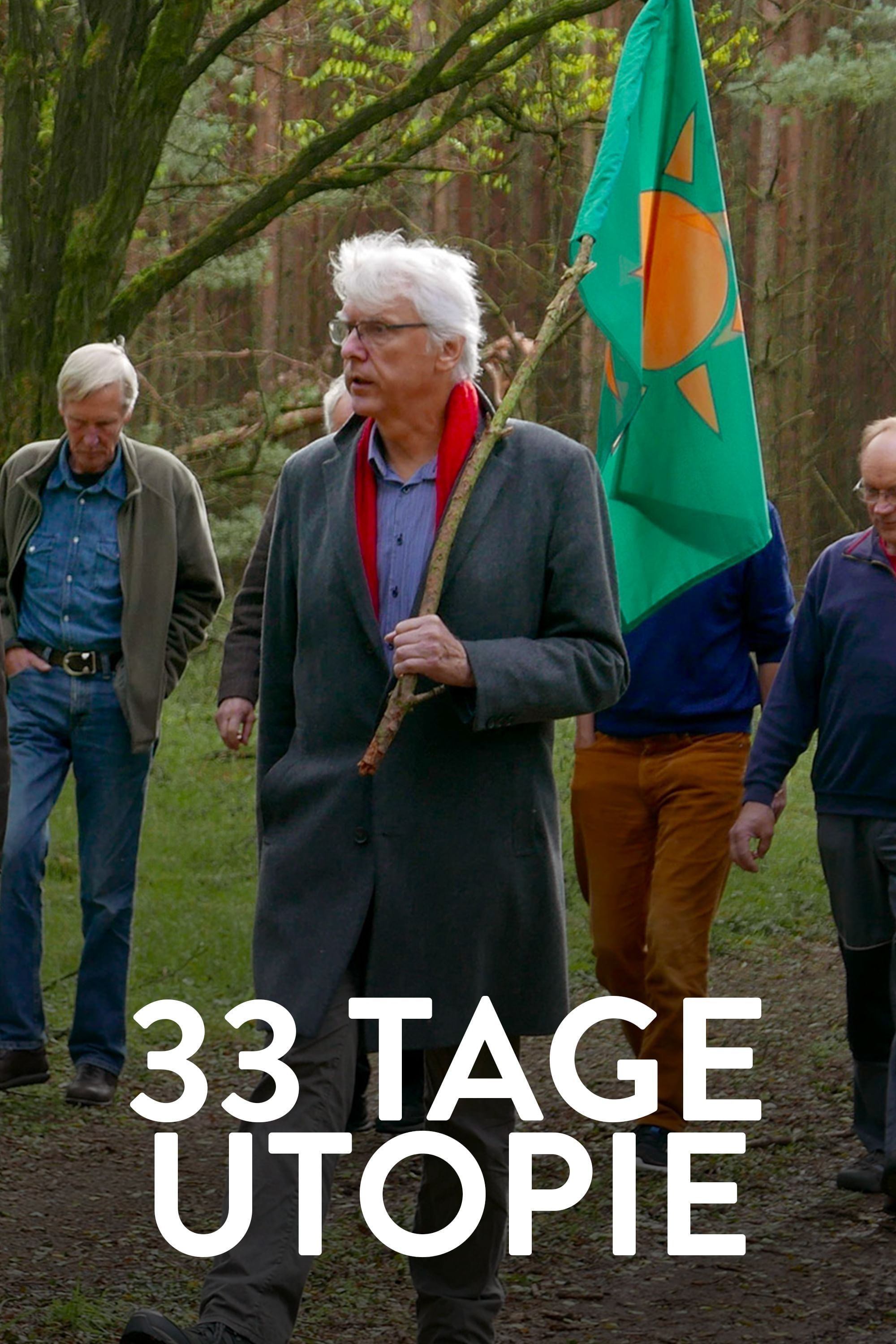
33 Days of Utopia
Released on: 2020-10-06
Documentary, TV Movie
In May 1980, more than 800 people lived for 33 days near Gorleben in the protest camp ‚Free Republic...
